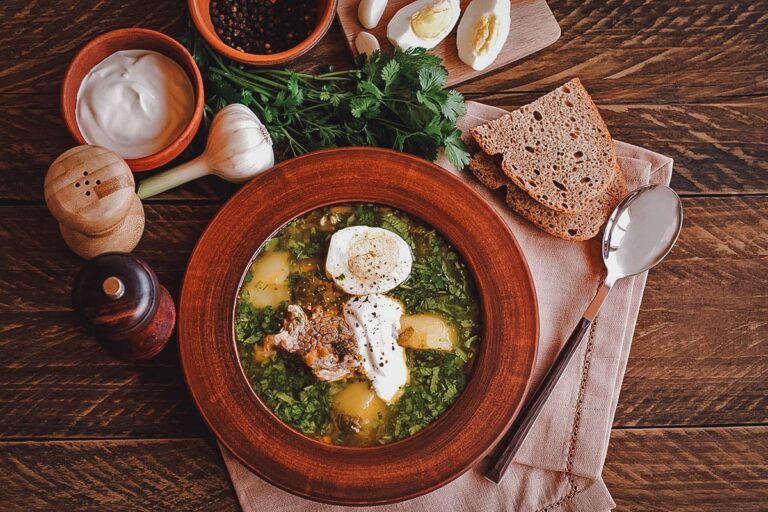Introduction: Examining Latvian Artistic and Literary Traditions
Latvian culture is rich in artistic and literary traditions, dating back centuries. These traditions have influenced many aspects of Latvian life, including the country’s cuisine. Latvian cuisine is characterized by its use of natural ingredients and a focus on traditional and folklore-inspired dishes. The artistic and literary traditions of the country are evident in the presentation and references of Latvian cuisine.
The Role of Nature in Latvian Cuisine
Latvian cuisine is heavily influenced by the country’s natural surroundings. The use of local and seasonal ingredients is essential in traditional Latvian dishes. The country’s forests, lakes, and rivers are abundant in wild berries, mushrooms, and fish, which are frequently used in Latvian cuisine. The traditional method of preserving food, such as canning and pickling, also reflects the importance of nature in Latvian cuisine.
Folklore and Traditional Dishes
Latvian folklore plays a significant role in the country’s cuisine, with many traditional dishes inspired by stories and legends. One such example is the dish called “Jāņu siers,” which is a cheese made from milk, caraway seeds, and herbs. It is traditionally eaten during the Midsummer celebrations, and its folklore-inspired name refers to the pagan god of fertility, Jānis. Other examples of folklore-inspired dishes include “piragi,” a savory pastry filled with bacon and onion, and “sklandrausis,” a sweet pastry made with rye flour and filled with mashed potatoes, carrots, and spices.
Artistic Presentation of Latvian Cuisine
The artistic traditions of Latvia are evident in the presentation of the country’s cuisine. Latvian chefs take great care in the visual appeal of their dishes, using natural colors and textures to create visually stunning plates. Traditional Latvian dishes, such as “selgas zupa” (mushroom soup), are often served in handcrafted pottery bowls, adding to the artistic presentation of the dish.
Literary References in Latvian Cuisine
The literary traditions of Latvia have also influenced the country’s cuisine. Many traditional dishes have literary references, such as “Janis’s Cake,” named after the protagonist in the Latvian novel, “In the Shadow of Death.” Another example is “Rainis’s Salad,” named after the famous Latvian poet, Rainis. The salad is made with beets, carrots, and apples, and was one of Rainis’s favorite dishes.
Conclusion: The Impact of Artistic and Literary Traditions on Latvian Cuisine
Latvian cuisine is influenced by the artistic and literary traditions of the country, with a focus on natural ingredients, traditional dishes, and visually stunning presentation. The folklore and literary references in Latvian cuisine add to its cultural significance, reflecting the country’s rich heritage and traditions. The impact of artistic and literary traditions on Latvian cuisine can be seen in the way that dishes are prepared, served, and named, making Latvian cuisine a unique and culturally significant aspect of the country’s identity.

